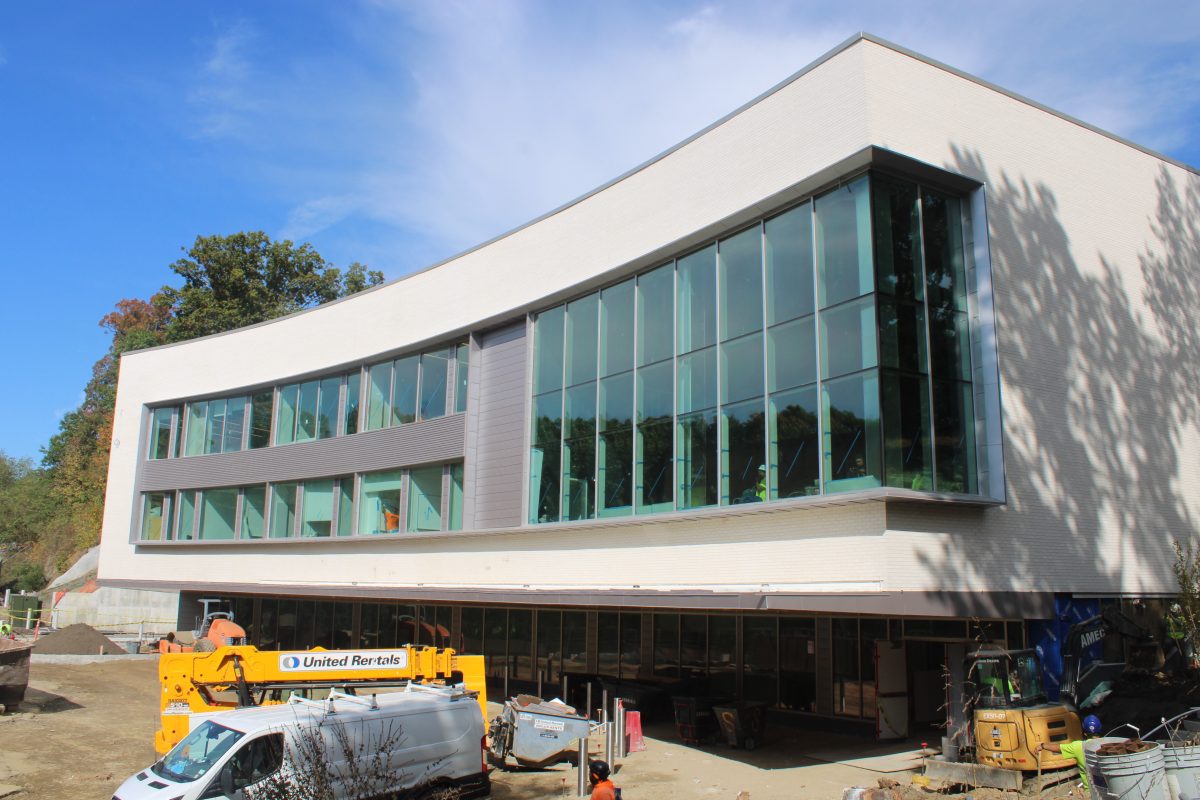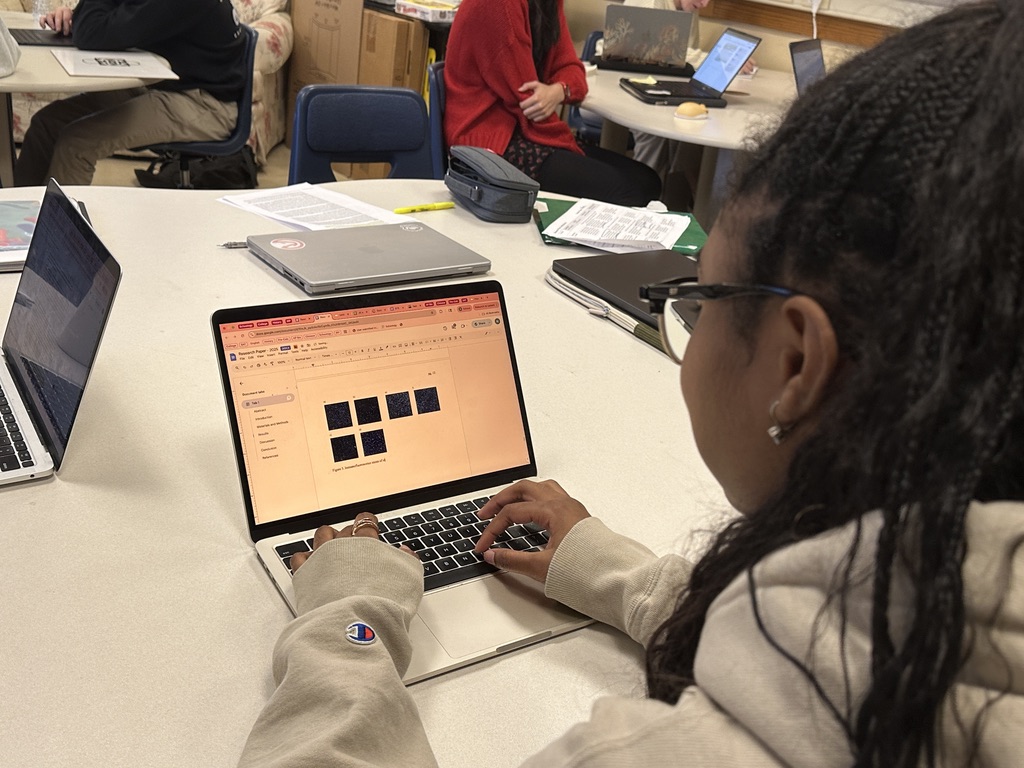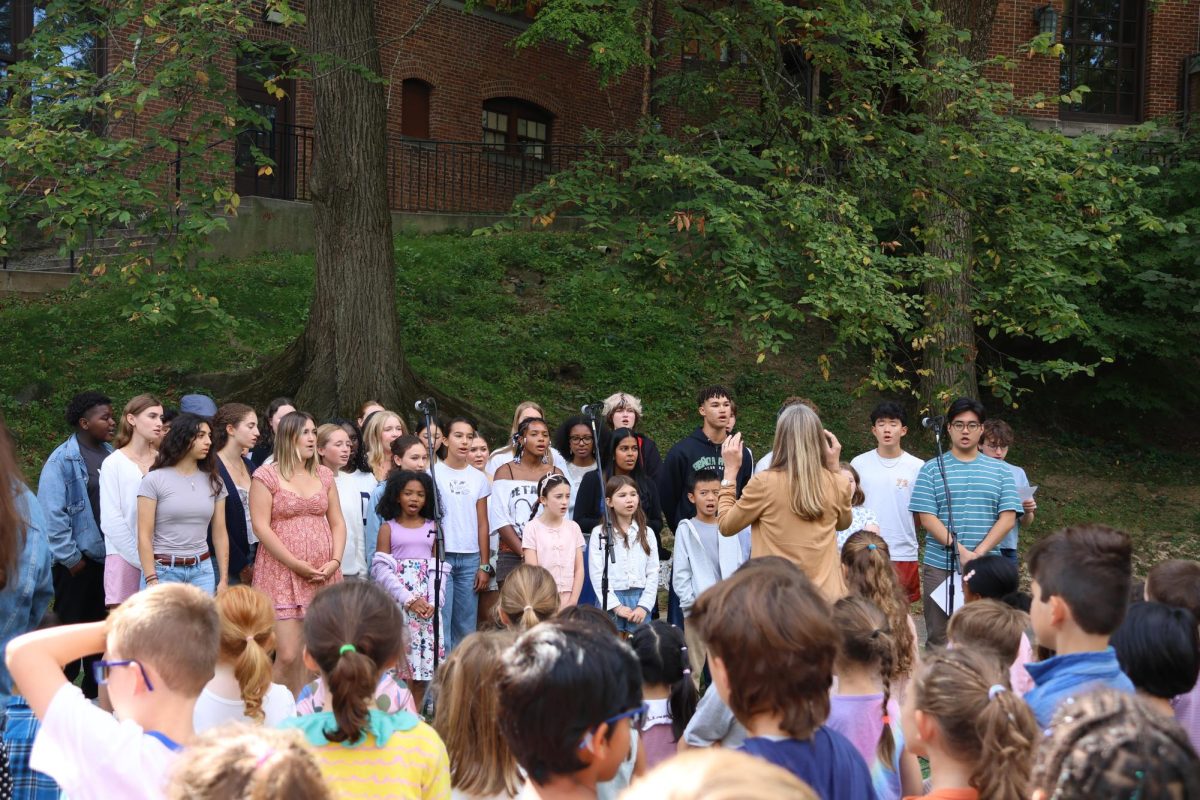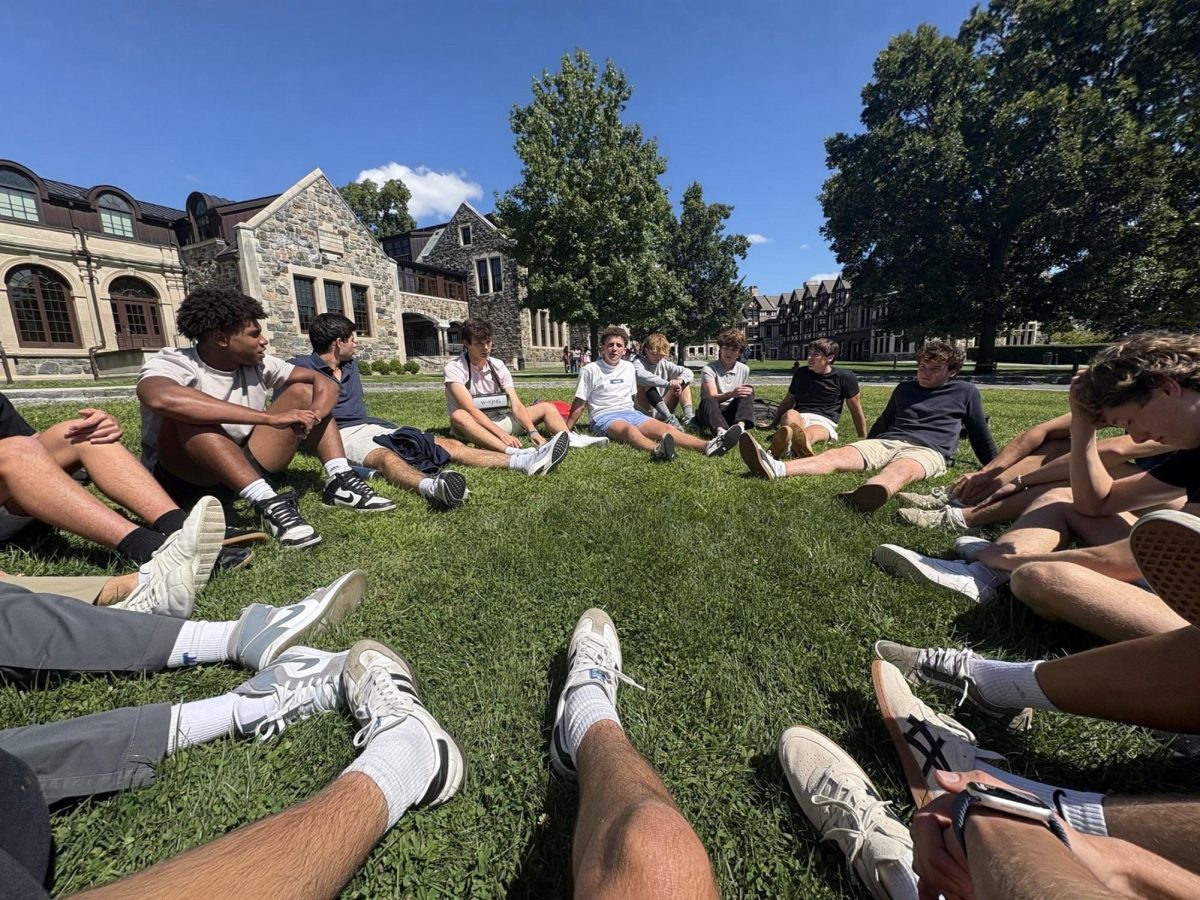Over the last few years, Hackley has sheltered a growing presence. Amidst our lush campus, a white and glass monolith has taken root, fed by renowned architects and spoken about by administration and students alike. Finally, the time is upon us: the grand opening of the Center for Creative Arts and Technology (CCAT) will take place on October 15th.
Space inside the CCAT has already been assigned to technology and art classes. Both students and teachers bustle with excitement, yet some have expressed dissatisfaction. Whether it be the architectural aesthetic, location, or purpose of the CCAT, some members of the student body seem ambivalent. How will our community receive the new building?
“I feel excited, definitely curious, and intrigued by the new building. There’s a lot of new things coming with it; it seems like a good change for the school,” said senior Ethan Niewinski.
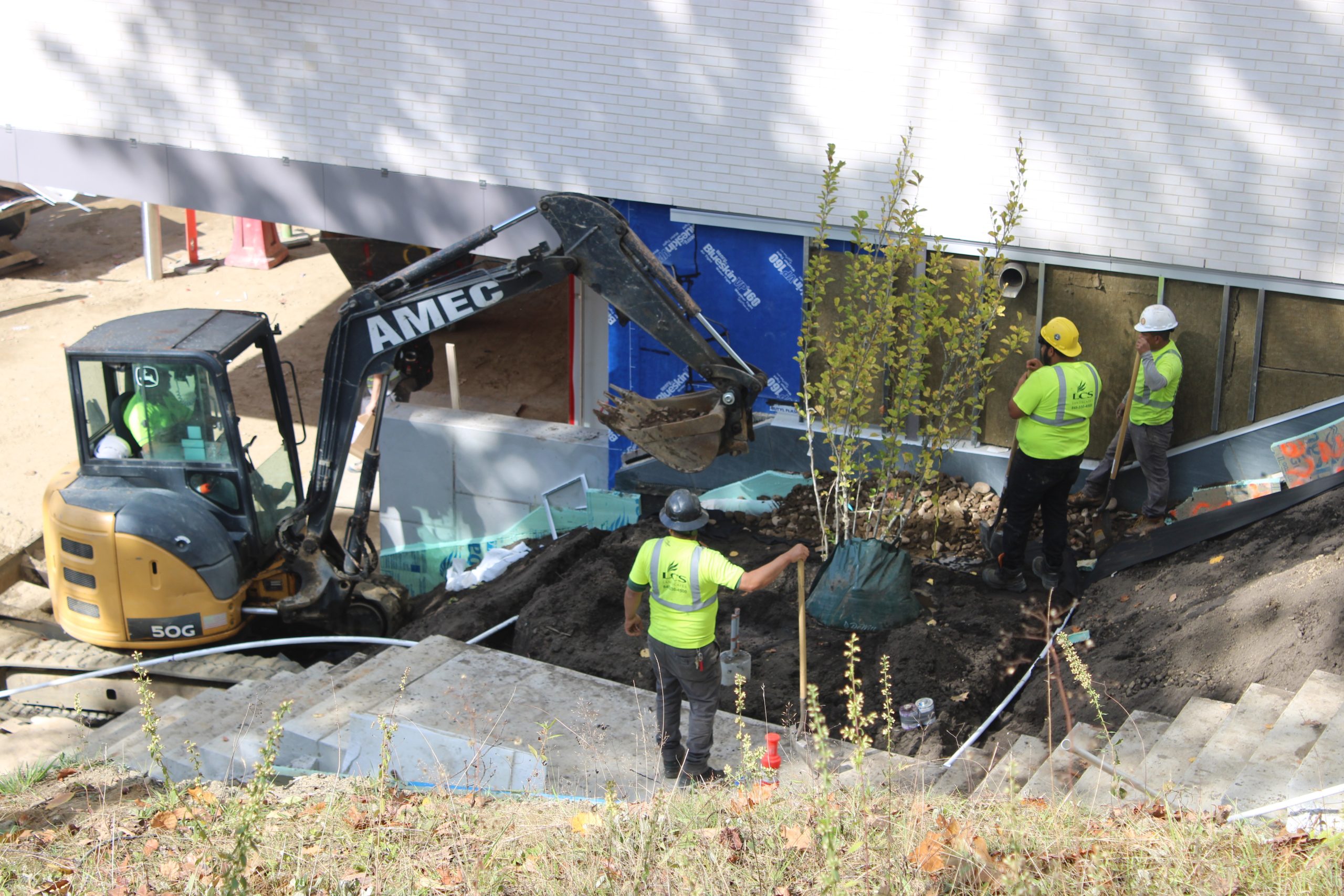
Construction workers are finishing the finer details of the exterior, hinting at the CCAT’s near completion! Heavy equipment such as these small bulldozers are brought in to make the last yet important adjustments.
Not only will the CCAT bring a 500-seat theater with furnished spaces for classes, but construction has been accomplished with eco-friendly materials: steel and concrete.
One teacher described their excitement about the new building, “[I] finally will have the room to pin work on the wall!” The CCAT also serves as a new communal area for the student body, providing more room for classes on our dense campus.
On the other hand, some students are not completely convinced by the variety of benefits the CCAT offers.
“I think making the CCAT into a new communal space is pretty impractical,” said two seniors in near-unison. They explained how not every student in the school would have classes at the Center, and the distance they would have to walk back and forth between classes and social gatherings would be tedious. However, the same could be said for the Johnson Center, where students still walk a considerable amount to the building to exercise. It is also important to note that Community Time, Coffeehouse, art galleries, and performances will be hosted at the CCAT – though some students may not have classes in the new building, they will still have events to look forward to.

A far view from the CCAT shows the furnished look of the actual building. Construction workers diligently focus on their surroundings, with shovels and wheelbarrows sprinkling the scenery.
A few other students expressed tentative thoughts on the aesthetic of the Center, where they described it as “a giant white block in the middle of a forest.” The main Hackley campus follows a traditional design, with Tudor architecture spanning the grounds. Yet, the CCAT is a modern, glass-painted building placed near the heart of Hackley’s campus, blatantly distinguishing itself from the rest of its neighboring structures and shrubbery. Does this stark contrast create an eye-sore for the school body, or does it symbolize something else?
“It’s so hard to strike a balance between the old and the new, respecting tradition and moving ahead,” said Jessica Bottalico, the Upper and Middle School Visual Arts Teacher. “I think the building represents how Hackley is evolving, adapting to the new times.” These changes have already happened beneath our noses: increased use of technology in educational settings, the modern Johnson Center, etc.
It is impossible to refute a slight clash in design, and also the benefits which the CCAT brings. Perhaps it’s two weeks too soon to say, but instead of reeling back from these contrasts, we should be led with curiosity. Schools across the state are considering and handling the effects of modernization – Hackley is no exception. Just as our school seamlessly accepted the new cellphone guidelines, we can hope that the student body will do the same for the Center of Creative Arts and Technology.

